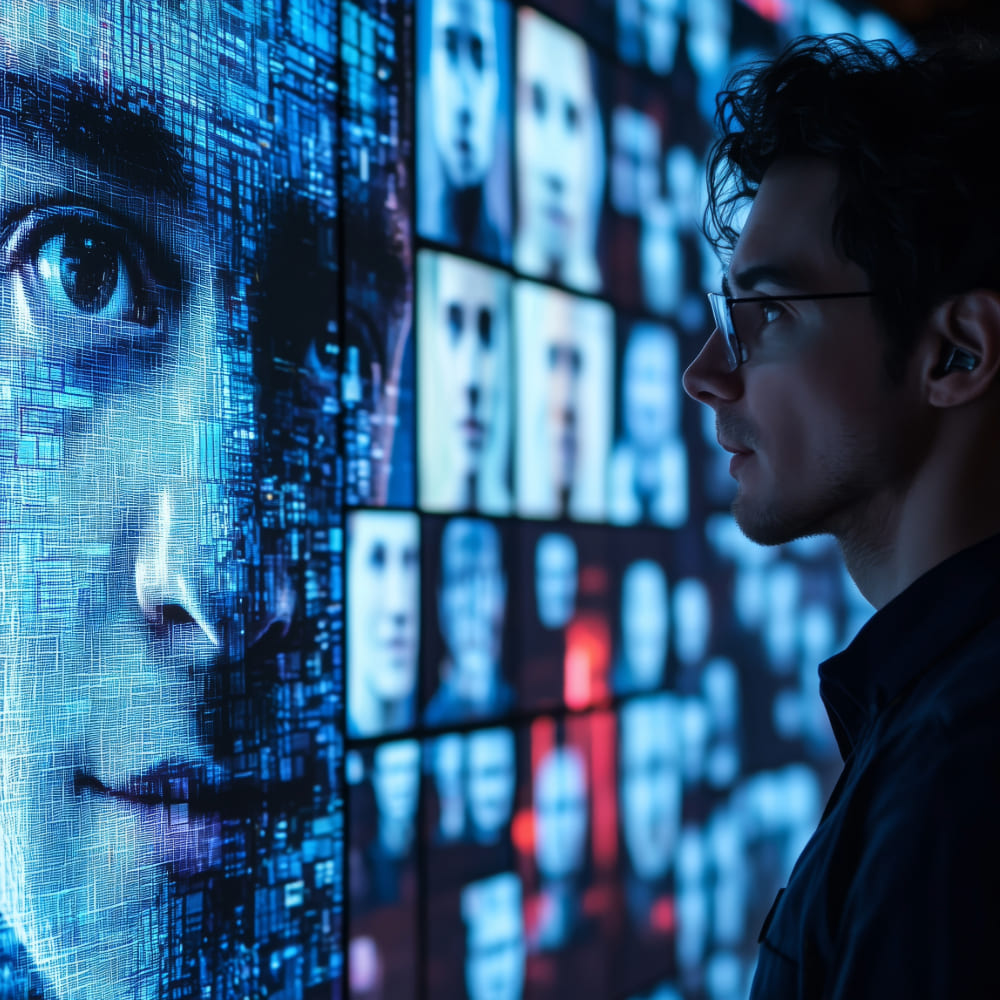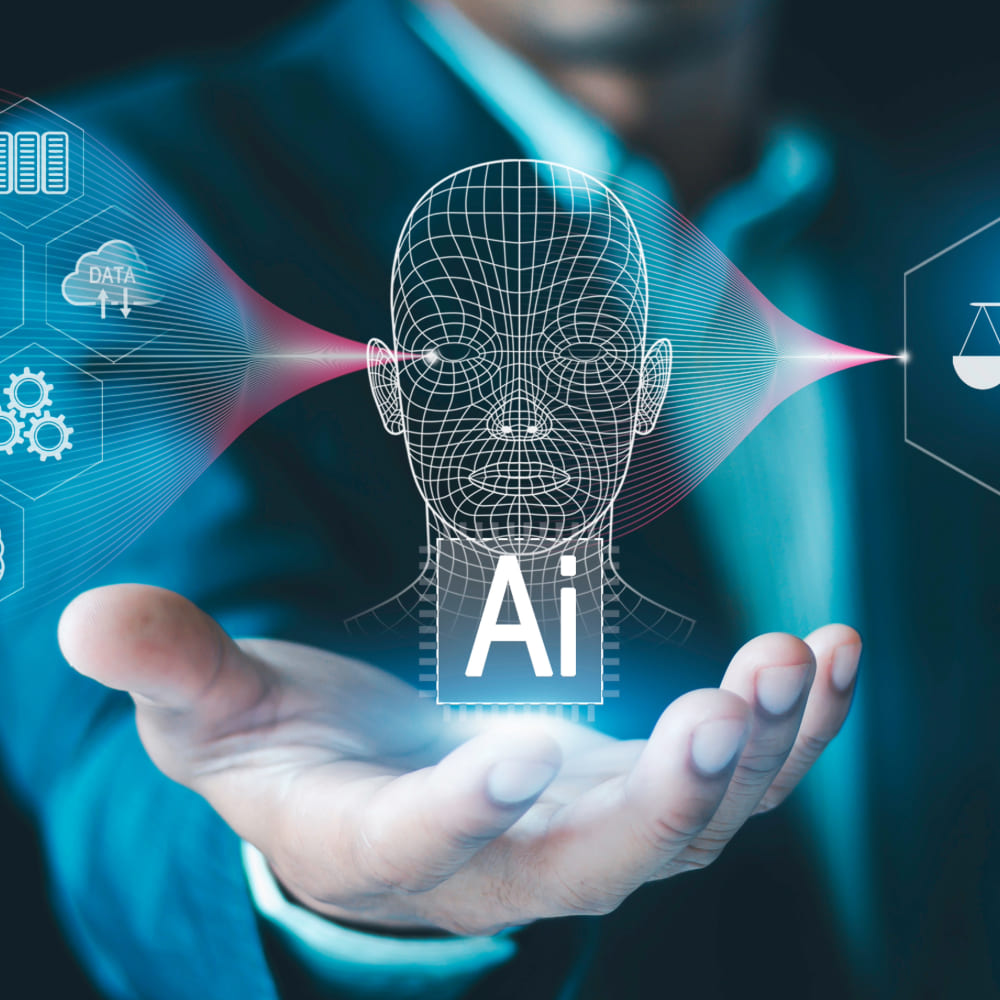Discover the key figures behind AI-driven fraud, and how businesses are leveraging biometrics, AI, and automation to stay secure without compromising customer experience.
The escalating threat of deepfakes
Known for their role in fraudulent activities, including the use of fake or stolen IDs, deepfakes have caused enormous damage to the financial sector, with losses estimated at USD 3.4 billion.
D
eepfakes are becoming an increasingly serious threat to businesses. Eighty per cent of organisations recognise the potential risks posed by this technology. Its ability to circumvent traditional proofs of life highlights the rapid advances this phenomenon is experiencing and the increasing challenges it poses to existing security frameworks.
Conditions explaining the success of deepfakes
The spread of deepfakes is driven by several factors that simplify their creation and boost their effectiveness. The ready availability of free, open-source software has made these tools accessible to a broader audience, drastically reducing the barrier to entry. Additionally, the low costs of producing high-quality fakes have facilitated the widespread creation of fraudulent content. Deepfakes pose a particular challenge to conventional security measures due to their ability to escape detection by humans, making them effective tools for misinformation and fraud.
Deepfake-induced digital attacks typically take the form of presentation attacks or injection attacks. Presentation attacks fool biometric systems with manipulated photos, videos, or physical masks to authenticate false identities. Conversely, injection attacks alter data through various methods, such as employing virtual cameras, compromising vendor APIs or SDKs, or manipulating data in transit. These tactics underscore the growing complexity and diversity of digital fraud techniques.
Countering threats is a joint endeavour
To effectively detect and counter these threats, businesses must adopt a mix of advanced security measures and machine learning techniques. Effective strategies involve spotting inconsistencies such as recurring background elements, microprinting errors on documents, and identical poses in different images. Detecting subtle unnatural movements and discrepancies in video feeds is also critical for identifying virtual camera fraud.
As deepfakes become more sophisticated, a proactive and technologically advanced approach is crucial for thorough protection. Businesses are increasingly relying on multi-modal biometrics that incorporate several indicators, such as facial and vocal cues, to bolster security. Advanced liveness detection techniques, assessing physical responses and behavioural patterns, are vital for more accurately identifying spoofs. Moreover, moving from APIs to SDKs enhances control over data capture, and utilizing AI models trained on diverse attack scenarios significantly strengthens defences against these complex threats.
In conclusion, the emergence of deepfakes calls for a comprehensive and sophisticated defence strategy that goes beyond traditional security measures. With the increasing accessibility of deepfake technology and its improving ability to evade detection, it is imperative for businesses to implement advanced machine learning techniques, multi-modal biometrics, and robust liveness detection systems. This proactive approach is essential for protecting digital identities and securing business operations in the intricate realm of digital fraud.
TrustCloud has the most advanced deepfake detection capabilities in its video identification systems.

























